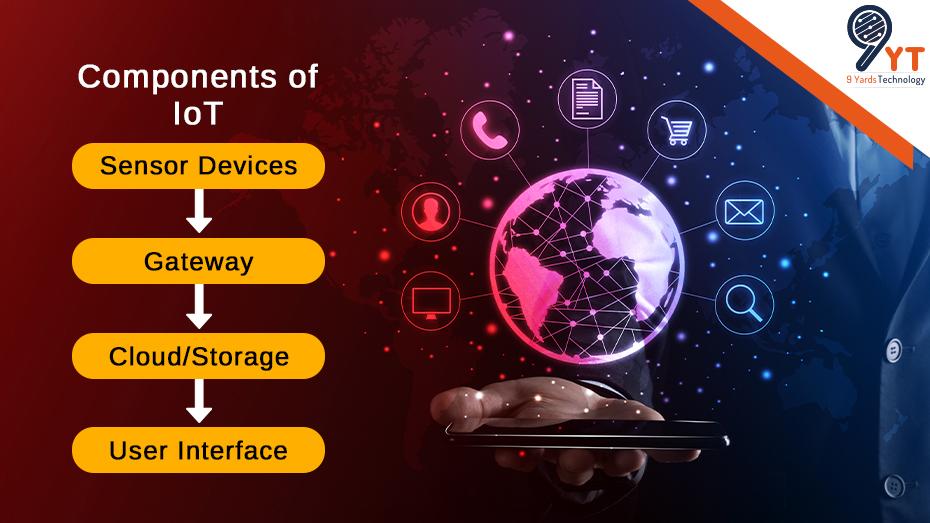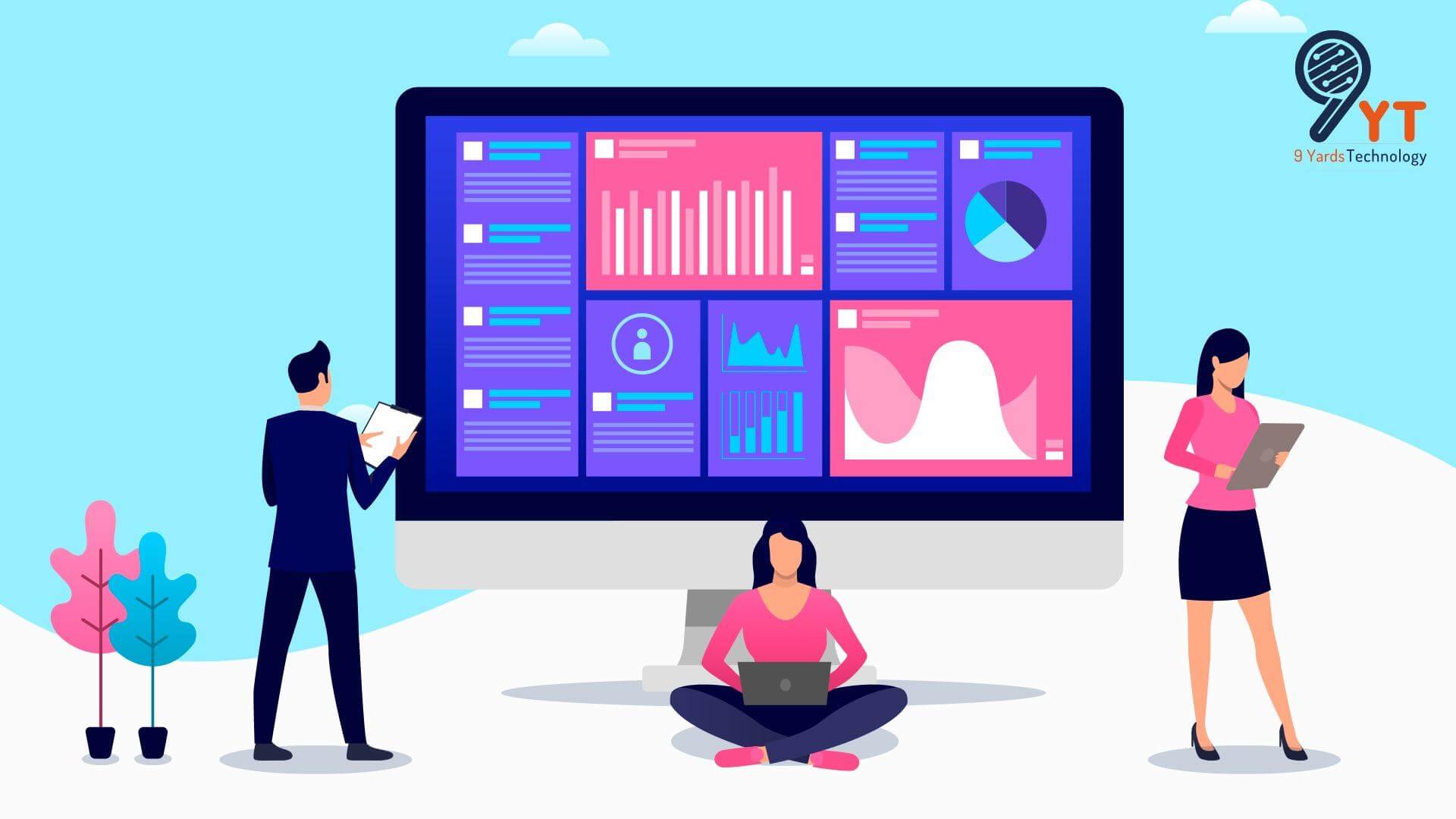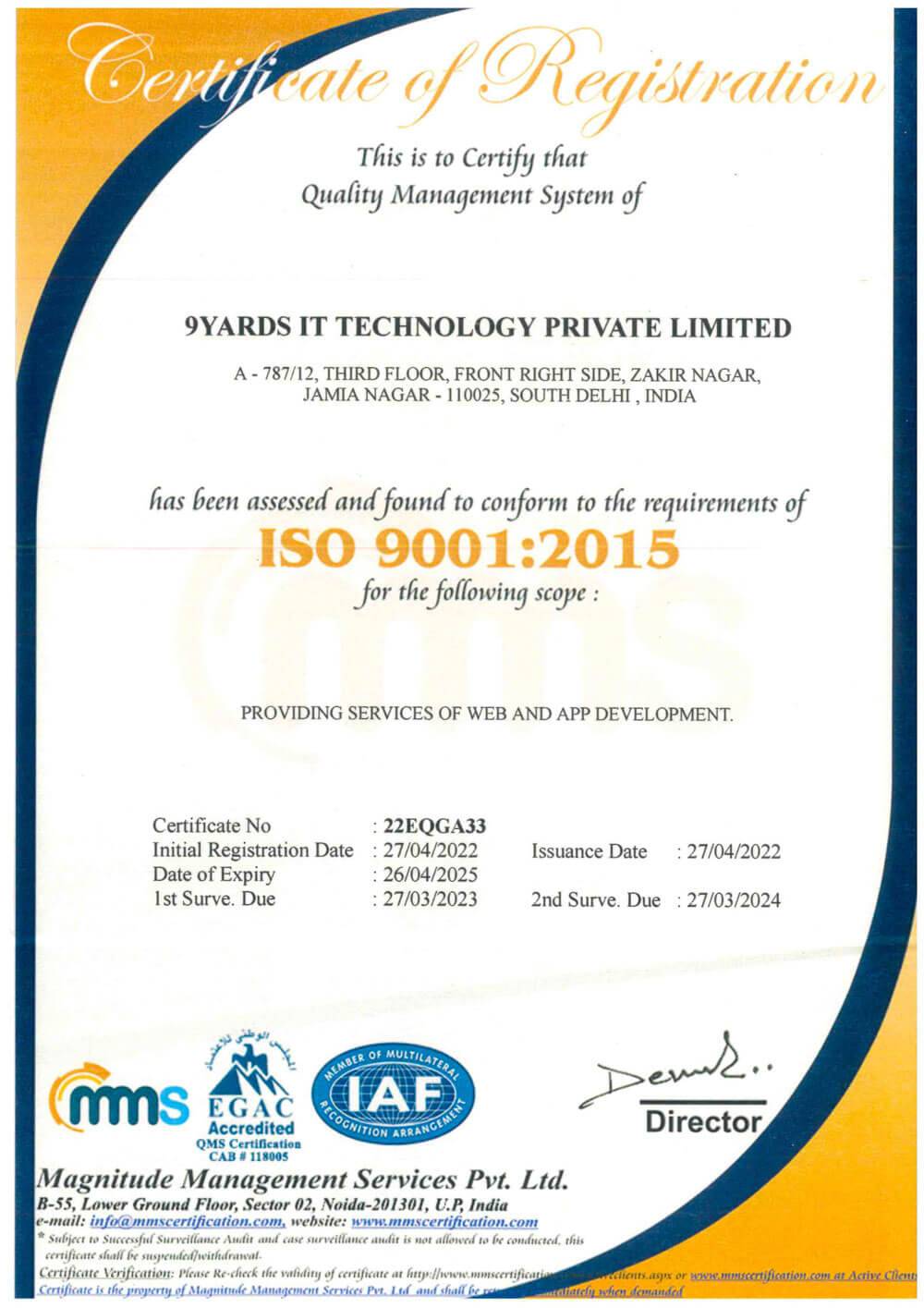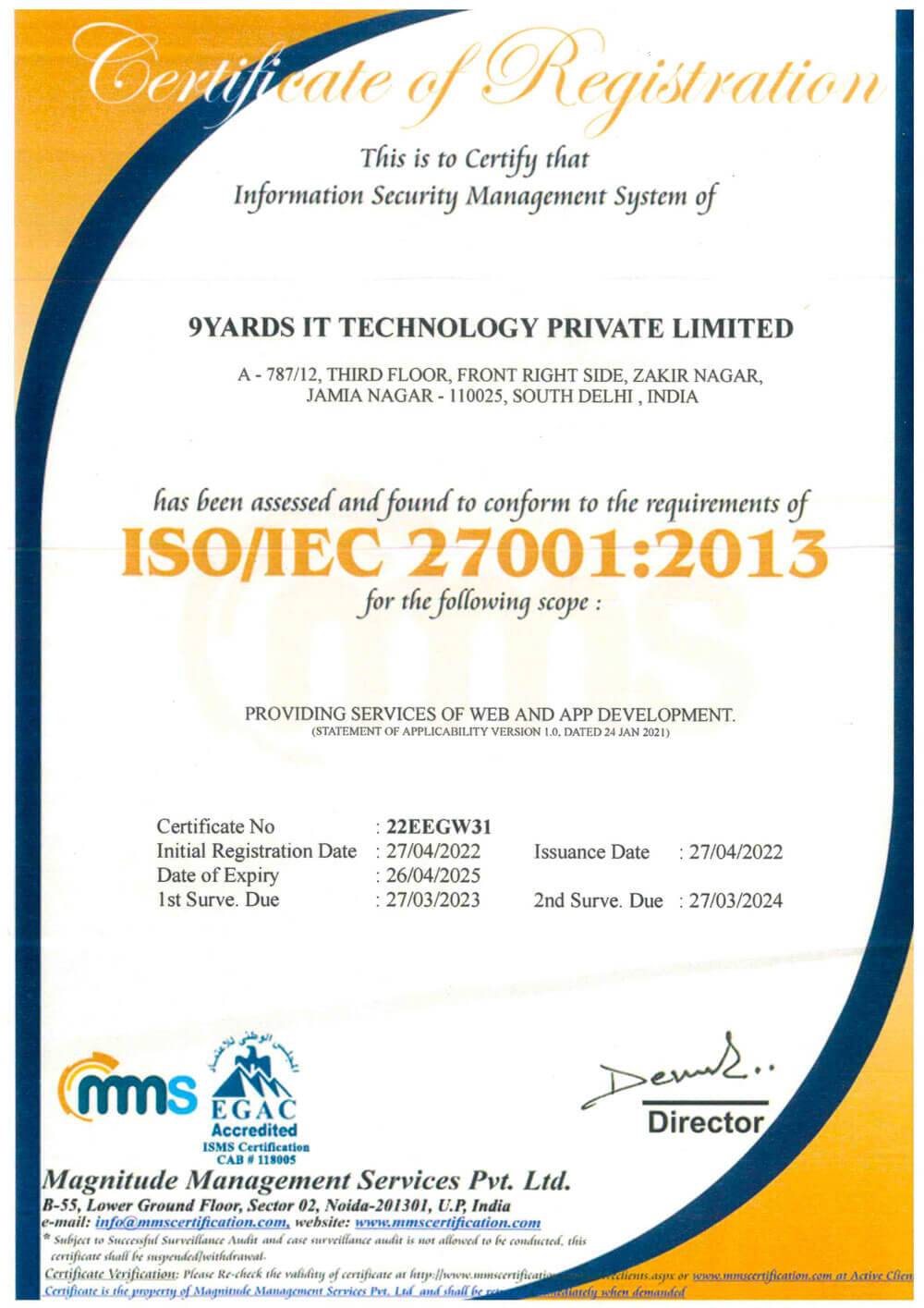IoT influences our lifestyle, from how we react to how we behave. We are so obsessed with IoT these days that it seems impossible to live without it. IoT has become an integral part of the modern world, from’ Smartphones’ to’ Smart Homes’. The popular IoT devices we use these days include smartwatches, smart TVs, Smart Refrigerators, Smart ACs, and many more. Millennials and Gen-Z are also obsessed with smart home appliances, smart automobiles, and many more ultramodern gadgets. Though IoT has become an integral part of our daily life, it is assumed to be still in the development phase.
Let me explain IoT concisely in a way that might pique your interest in IoT devices. We can understand IoT as the interconnectivity of electronic and mechatronic devices through the internet, which can take inputs, store data virtually at cloud storage, and access through a UI.
Now that we are aware of the IoT, let us walk through the components of IoT.
Components of IoT
As technology achieves new milestones every day, most of the components of such devices are becoming integrated into a single component.
But majorly, these are classified into the following –
Sensor – A sensing device used to provide input of the stimulus to the device.
Gateway – The channel through which the data is transmitted to the cloud storage.
Cloud/Server – The Storage space for all the input the Sensing Device receives.
User Interface – The UI through which we access the data stored on the cloud storage.

History
Before we know something new, it’s always good to know its history.
The Event at Interop of 1999 (1999)
The concept of IoT was first coined in 1999 by Kevin Ashton, a British technology pioneer. He was, then, an employee in the supply chain management optimization at Procter&Gamble (popularly known as P & G). Kevin was trying to attract the attention of the Board Members toward a revolutionary technology called RFID (Radio Frequency Identification) tags. Though Kevin was successful in grabbing the attention of some of the executives, the term remained unpopular for the next decade. But traces of the concept can be observed in the late 70s, known as ’embedded internet’ or ‘pervasive computing.
The Story of John Romkey (1990)
Another important name associated with IoT is John Romkey, also regarded as the inventor of the FTP protocol in 1986, making today’s Bluetooth sharing and sharing files through the FTP server a lot easier. He, in the year 1990, picked a smart toaster, namely the Sunbeam Deluxe Automatic Radiant Control Toaster, and was able to toast a slice of bread using the internet and hence became the first person to demonstrate the use of IoT in a computer trade show called Interop. In the words of Romkey, “It just goes to show people have always enjoyed putting ridiculous things on the internet.”
Students at Carnegie Mellon University (1990)
At the same time, some students at Carnegie Mellon University connected a soda machine with the internet, which could sense the temperature of the Soda Cans available in the different columns of the machine.
Evolution of The Internet of Things
IoT has evolved a lot over the last few decades. In its early phase, the term IoT was not used, but tech enthusiasts understood the concept well.
So here are some major stages mentioned below –
Pre-Internet: Communication happens through wires, connecting every device through fixed lines. The best example one can imagine for this scenario is the use of intercom for communication in the various service sector.
Sunrise Internet: In this phase, with the evolution of the internet, the database became accessible with just one click through websites, but this was only meant for corporations and industries that required inter-connected computing devices but not for general public users.
Internet of People: This phase marks the beginning of the “Internet for All”, and everyone accepted this with open arms and started sharing data more than ever. The prime example of this phase can be seen in the popularising of Facebook, WhatsApp, and other messaging services over the internet.
Birth of IoT: During this phase, it is assumed that there were more devices connected to the internet than humans, so more data was available, and sharing of information over devices became easy; this led to the birth of Smart devices that can sense the input without the human intervention. Google Assistant, Cortana, Siri, and Alexa have made searching over the internet easier.
What Makes IoT Testing an Integral Part of IoT?
Earlier, while receiving my QA training, I experienced difficulty understanding testing an IoT device. So, I started reading blogs of famous websites to understand the testing aspect of such devices. Now, since we have a common consensus on the basics of IoT, understanding this technical aspect becomes very easy for any beginner like me or anyone willing to give a shot at QA testing of IoT devices.
The testing of IoT devices includes Security, Analytics, Devices, Networks, Processors, Operating Systems, Platforms and Standards. Security and privacy being the primary concern in IoT devices, the role of Security testing should be of utmost priority. It seems justified because a security breach through any one of the devices might result in a data breach, which is the leaking of an individual’s sensitive information over the internet.
With the implementation of Artificial Intelligence in today’s scenario, IoT devices can analyse patterns and perform small and iterable tasks independently. Also, the storage of these devices is increasing exponentially; hence they can store more data than before. So, storage and data analytics testing are also crucial in IoT testing.
Hence, in my opinion, instead of taking IoT testing as a separate domain, we need to see it as an integral part of IoT.
The Technology Used By IoT Devices
The popular technologies used by IoT devices are as follows :
- RFID & EPC – Radio Frequency Identification tags and Electronic Product Code. In most instances, EPCs are encoded on RFID tags, which can track all kinds of objects, including trade items, fixed items, fixed assets, documents, or reusable transport items.
- NFC – Near Field Communication allows wireless communication between two electronic devices close to each other.
- Bluetooth – This has become one of the most common means of connection through various IoT devices.
- Z-Wave – This is a form of RF communication of low power used by low-power consuming devices.
- Wi-Fi – Wireless transfer is the trend of the present time but when used with LAN results in seamless transfer of files and messages.
Testing Scope of IoT
- Usability Testing: This testing ensures that the purpose of creating an IoT device fulfills its purpose and does not deviate from its intended purpose.
- IoT Security: This testing generally ensures that the user’s data must remain safe and does not float around the internet without the permission of the bearer. Basically, to ensure all three types of data breaches – physical, electronic, and skimming, security permissions levels and authorization requests are secured from the bearer.
- Connectivity: Connectivity issues are resolved through this testing at the hardware and software levels. If the device uses an older technology for connectivity, then the hardware must be able to respond to such devices seamlessly and ensure good connection among its counterparts.
- Performance: Suppose you are using your smartwatch and suddenly pops up an alert displaying elevated blood pressure levels. “Strange! Isn’t it”. So, to avoid such kind of mishaps, this kind of testing becomes of utmost crucial. Performance testing mainly targets to precision and accuracy of devices even while used on boundary conditions, either physically or at the software level.
- Compatibility Testing: This testing ensures that the devices must be compatible with every platform possible.
Conclusion
IoT testing may be a tough/challenging job, but it is also very exciting for the testing team to certify such a complicated mesh of devices, protocols, hardware, operation systems, firmware, etc.

9Yards Technology has carved a niche for itself worldwide by arming incubators and Fortune 500 companies with disruptive IT solutions. We’re a force to reckon with for tailored web/mobile app development and rigorous software testing. Our presence knowns no bounds with a diverse clientele in the US, UK, India, etc. We’ve 100+ dedicated techies who have successfully delivered to 250+ clients without a hitch.






